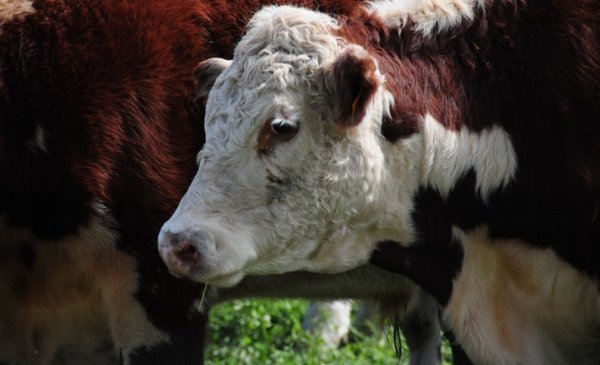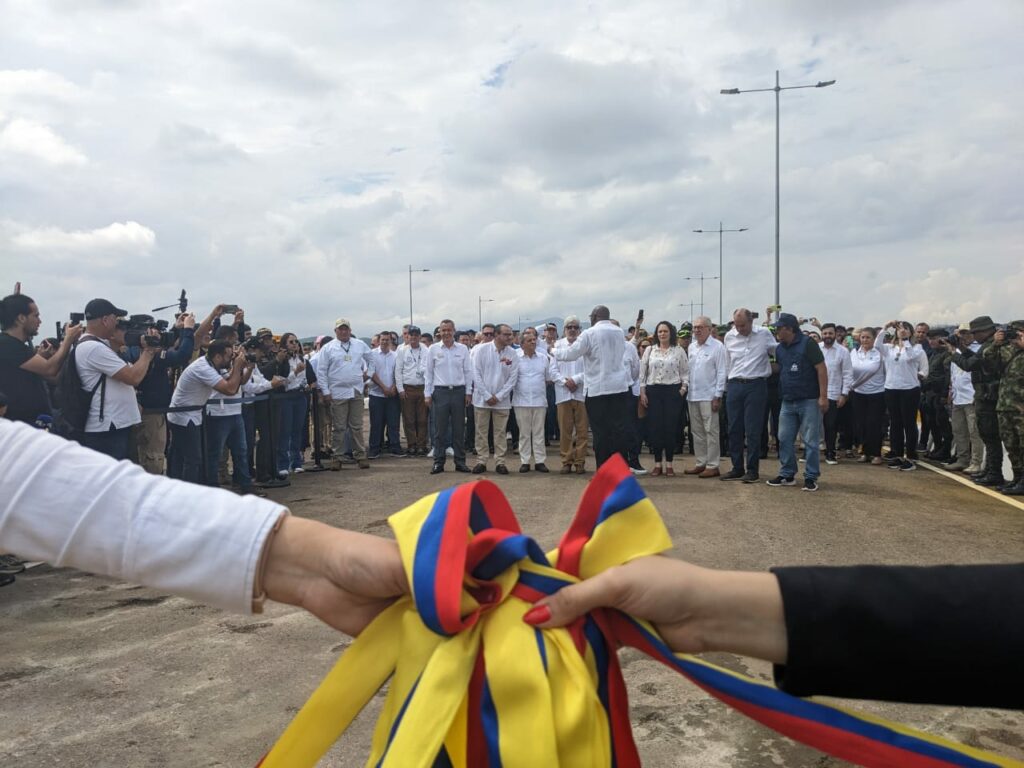In one year the steer went from US$4.33 to US$3.28 per kilo. The price drop was 24% from the end of December of last year to the end of this year, and in between, historical highs were reached and drastic falls were seen that had not occurred since the foot-and-mouth crisis.
Two very different stories marked the cattle year 2022: frantic price increases in the first semester, with the steer reaching US$5.60 per kilo in May, positioning Uruguayan cattle among the most expensive in the world. And an export price for beef that in that same month touched US$ 5,700 per ton.
could not hold
The hubbub of the first semester could not be sustained in the second half of this year, with a new price normality in the international marketadjustments in China, weaker demand, and a steer that went from US$5.50 per kilo at the end of June to US$3.28 in the last week, a 40% drop, accentuated by the drought.
2022 closes with a slight rebound in values in the livestock market.
The proposal by the industry in recent days for very complete, heavy steers is US$3.30 and US$3.40 per kilo on fourth scale, slightly up from last week. Prices per heavy cow range between US$3 and US$3.10 per kilo.

Price of exported meat.
The entries to the plant are around eight and 10 days.
Some refrigerators close for licenses in the first days of January 2023 and others the whole month.
Activity will be reduced in the coming days, with practically no supply.
The arrival of kosher equipment at the beginning of January, which will operate in a refrigeration plant.
The job numbers
Last week 45,451 cattle were slaughtered, a marked decrease compared to the previous one. The annual slaughter reached 2,380,494 heads, 215,000 less than in 2021, and an 8% drop compared to last year’s record.
All eyes continue to be on China, with a massive spike in Covid infections after the lifting of the strict measures of its Covid 0 policy. The advance of the disease generates great uncertainty.
Without major movements in the world meat market, the export price in Uruguay closes the year consolidating the adjustment that began in the middle of the year. Last week, the ton exported averaged US$4,102, according to preliminary data from the National Meat Institute (INAC), and in the last 30 moving days it was US$4,047.
The annual average until last week was US$ 4,961 per ton. And although it could not sustain itself above US$ 5,000, it closes the year with an average of 15.6% above 2021.
In the replacement market, with the weather having a strong impact, the demand is cautiouswith some movement for light calves and breeding cows.
There are inquiries for 180-kilo calves for export on their feet, but with no concrete shipments in sight. 2022 closes with exports of live cattle just above 70,000 heads, the lowest annual volume recorded since 2013.
The corrals at the end of the year are not buying. The expectation is that there will be movements around mid-January.
The sheep scene
In the wool fields, at the end of the year-end harvest, there is industrial buying interest in all categories.
Marketing in general is more fluid, after several weeks with a demand focused on lamb and with higher demands by weight. Values appear to have found their bottom, and supply is beginning to dwindle. Lamb is around US$3 per kilo; sheep US$2.87, capons and sheep US$2.43.
Last week sheep slaughter reached its highest volume in eight years, the highest since December 2014, when 62,339 sheep were processed.
Sheep meat closes the year with a collapse in the export price. The weekly average was the lowest in the last three years: US$3,375 per ton.


















